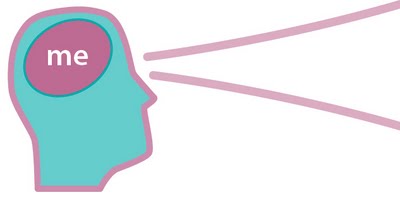Design Advantage : The Secret to Creating Long-Term Value 12
Derived from: Roger Martin’s The Design of Business
RAP10 : Designing Yourself
PROFIT : There are two specific ways to improve your personal design impact. The first is to develop your own Design Thinking skills. Here’s some suggestions to accelerate the three key aspects of your design performance. 
1 Stance
Creating a design stance is your first step.
Your stance is how you see the world and, how you see yourself in that world.
Designers and non-designers see the world differently.
Adopt these attitudes to broaden your design horizons…
- A typical designer seeks the unknown and surprise.
- They’re comfortable with complexity.
- They can balance pragmatic compromise and perfection.
- And, they can balance reliability and validity.
- Their core drive is creating the future.
How we see the world determines what actions we consider are viable.
Observe your actions to observe your stance.
2 Tools
As the old saying goes, ‘If the only tool you have is a hammer then everything begins to look like a nail’.
The more tools in your designer toolkit, the more flexibility in your design responses.
A designer has three main tools to help them understand the world and organize their thoughts: observation, imagination and configuration.
- Observation includes the ability to notice patterns and their underlying causes and seeing things others don’t.
- Imagination involves being able to see beyond what is so to what could be.
- Configuration is the ability to translate your idea into a form that delivers the desired business benefit.
3 Experience
Your design experiences are the most tangible part of your design knowledge system.
As we gather our experiences we sharpen our sensitivity to what works, what doesn’t and what could be.
By creating new distinctions between things we create greater choices.
Our experience also includes our skill levels.
As we practice we enhance our skills and our ability to produce our desired results.


